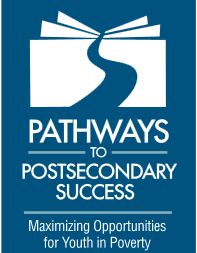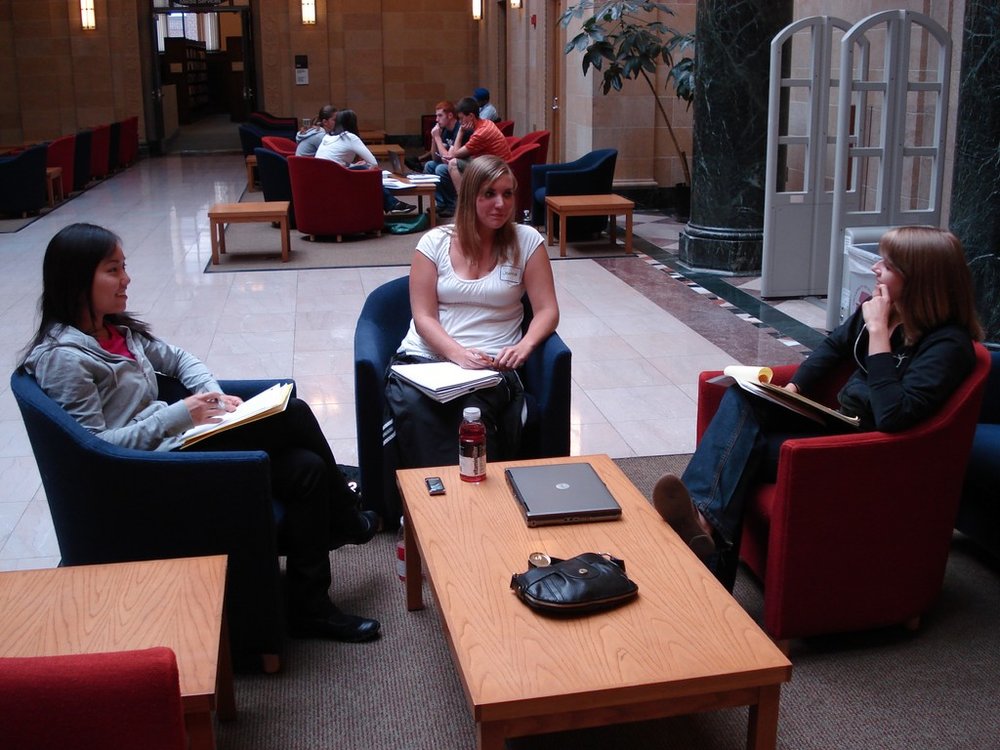I read with interest this article from the Chronicle of Higher Education. It is not a surprise that too often policymakers think that just throwing more money at a problem/challenge is all that is needed. Reading the statements from some of those at the meeting, it appears they think just providing larger Pell grants is all that is needed. And an option is to kill off TRiO and GEAR Up to find more money. Who said it, "simple solutions to complex problems are almost always wrong." Having additional financial aid does not provide mentoring, tutoring, encouragement, counseling, and all the other resources needed for timely college completion. One of the problems is that our policymakers had lots of social capital, are 2nd or 3rd generation college-goers, family members who provided financial support to eliminate need for lots of college part/full-time jobs, and the rest. While they may think life was hard, it is no comparison to the students served by TRiO and GEAR UP. What students need is not a more generous ATM to dispense money, but a full-featured package to support their success. But that kind of answer does not fit the mold for a simple solution. -- David
While President Obama was urging college presidents on Thursday morning to follow through on their new commitments to improve access for low-income students, lawmakers on Capitol Hill dusted off some older promises for examination. The U.S. Senate's Health, Education, Labor, and Pensions Committee met for a special "round table" to discuss changes in two federal programs that aim to improve access by helping needy and minority students prepare for college—TRIO and Gear Up. The hearing was part of the coming reauthorization of the Higher Education Act.
Consistent with past reauthorization hearings' focus on simplifying federal higher-education policy, some senators on Thursday questioned whether the two programs were still relevant. Sen. Lamar Alexander of Tennessee, the committee's senior Republican, asked a group of five panelists if the budgets for TRIO and Gear Up, which each encompass several separate programs, would be better spent on more Pell Grants. Members of the panel giving testimony largely defended the programs' benefits, saying they offer one-on-one counseling and support that many students cannot get anywhere else, among other things. Tallie Sertich, director of the Climb Upward Bound program at Hibbing Community College, in Minnesota, said many students who received Pell Grants "still need the academic preparation that the TRIO program provides on the front end."
But senators and panel members agreed that simplifying federal student aid was in order. Senator Alexander alluded to past testimony that recommended shortening the main federal-student-aid application and informing students during their junior year of high school how much aid they will receive, among other changes. Ron Haskins, a senior fellow at the Brookings Institution who testified on Thursday, said such simplification "has been a great idea for years," and the committee should ask the Department of Education why it has not happened. Other panel members stressed that simplification was only part of the solution. "We need a bunch of big strategies to make a big dent" in the access problem, said Douglas N. Harris, an associate professor of economics at Tulane University.
Senators and panel members also focused on how to improve elementary and secondary education in order to increase college access. "Kids from low-income families come to the K-12 system already seriously behind," Mr. Haskins said, adding that "the K-12 system makes them further behind." Sen. Elizabeth A. Warren, a Massachusetts Democrat, widened the discussion, asking panel members to suggest ways to drastically increase the number of degree holders over the next several years. Members of the panel suggested more spending on TRIO and Gear Up, along with a greater focus on community colleges and precollege education. Sen. Tom Harkin, Democrat of Iowa and chairman of the committee, concluded the hearing by suggesting that the way forward for TRIO and Gear Up may be "incentivizing states to come up and support" the programs.
 Since 2006, the PAL program at the University of Minnesopta has contributed to improved academic performance of participating PAL students in rigorous introductory-level college courses.The program is built upon best practices from previous international peer learning models like Supplemental Instruction, Peer-led Team Learning, Emerging Scholars Program, and others. PAL is also guided by learning theories such as Universal Design for Learning to make the model more culturally-sensitive and embedded within the courses to increase its effectiveness for all students. Both quantitative and qualitative studies of PAL validate its effectiveness for increasing academic success of participating students and fostering development of personal and social skills. In addition to benefits for the participants, the PAL experience benefits PAL facilitators through deeper mastery of rigorous course material, increased confidence in public speaking and small group management skills, and encouragement to pursue a teaching career. While the PAL program was started to address the achievement gap in courses, it has bloomed into one that also enhances personal and professional skills for all that are involved.Built upon principles identified by other academic support programs and innovations of its own creation, PAL is an integral part of UMN’s overall academic support efforts.
Since 2006, the PAL program at the University of Minnesopta has contributed to improved academic performance of participating PAL students in rigorous introductory-level college courses.The program is built upon best practices from previous international peer learning models like Supplemental Instruction, Peer-led Team Learning, Emerging Scholars Program, and others. PAL is also guided by learning theories such as Universal Design for Learning to make the model more culturally-sensitive and embedded within the courses to increase its effectiveness for all students. Both quantitative and qualitative studies of PAL validate its effectiveness for increasing academic success of participating students and fostering development of personal and social skills. In addition to benefits for the participants, the PAL experience benefits PAL facilitators through deeper mastery of rigorous course material, increased confidence in public speaking and small group management skills, and encouragement to pursue a teaching career. While the PAL program was started to address the achievement gap in courses, it has bloomed into one that also enhances personal and professional skills for all that are involved.Built upon principles identified by other academic support programs and innovations of its own creation, PAL is an integral part of UMN’s overall academic support efforts.








